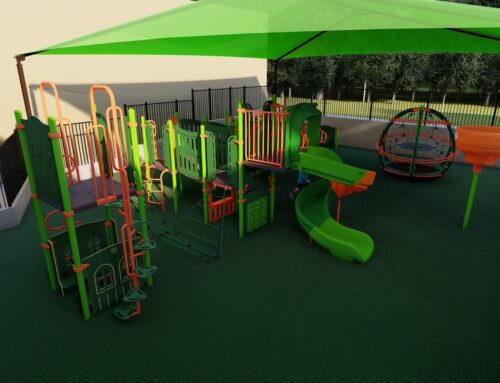A couple of months ago, fourth-graders at Walnut Hill Elementary learned about Mount Everest in their social studies class. Sure, it’s a common subject for kids their age, but these students learned about it in a very uncommon way. Instead of listening to a lesson on altitude and viewing a photo in a textbook, they watched a climber dig his pick into the ice of the world’s tallest mountain. They saw the slow, careful steps of his ascent made amidst blinding winds, very little oxygen and a whole lot of gravity.
The students weren’t on a field trip to the local theater. Instead they were in their classroom, watching the climb on the Internet, projected onto a 6-foot screen.
The image came thanks to the SMARTer Kids Foundation’s 2003-2005 Connections program, which provides the software, projector and SMART board free of charge to make such learning experiences happen.
Fourth-grade teacher Viveca Wilson and fifth-grade teacher Angela Bell applied for the program last year. Thanks to their efforts, along with the school’s diverse student base and strong academic reputation, Walnut Hill was one of only eight schools in North America chosen to participate.
“It really enhances their learning, “Wilson says of the technology. “For one thing, it’s a 72-inch board, so everybody can see everything. But they also can get involved because it’s interactive, and they have something tangible to work with.”
Projecting the Internet is only one way Wilson uses the board. It also helps with such everyday things as vocabulary lessons and homework assignments. But she most enjoys the way students are able to get involved in their lessons. Part of the interaction comes through a wireless keyboard and mouse, both of which can be passed around the room to allow students to enter information and manipulate images on the board.
But with this program, the students also are interacting with other classes across the U.S., Canada and Mexico. Every month, they trade book reviews, weather information and personal interest stories to get to know each other. And next year, eight students from each school will travel with their teachers to Calgary to meet their Connections counterparts face to face.
The schools will keep the equipment after the program’s end in 2005, so Wilson can continue finding new ways to teach her students.
“The kids really love it,” she says. “Once they get onto the Internet, they’re right there with everything that’s going on. It’s exciting; it’s fun for them; and it just makes learning great.”





